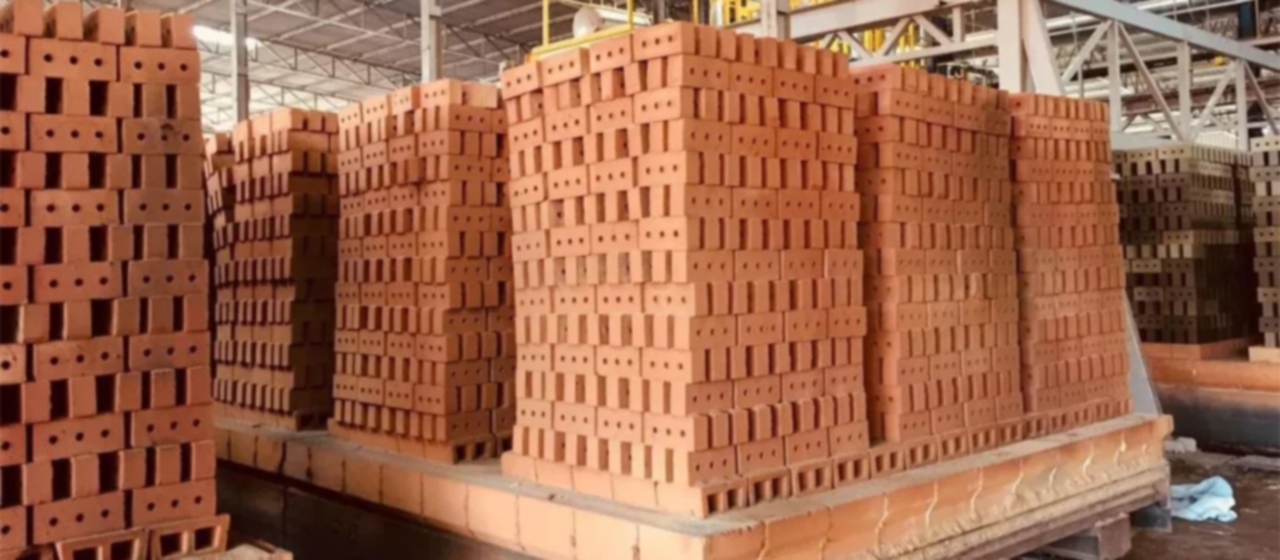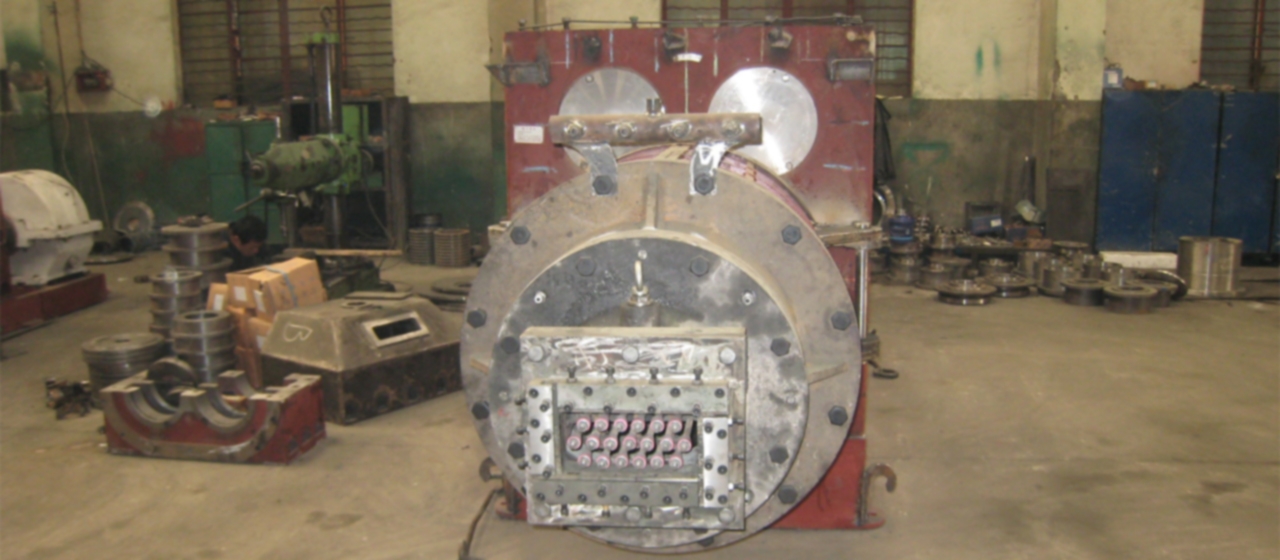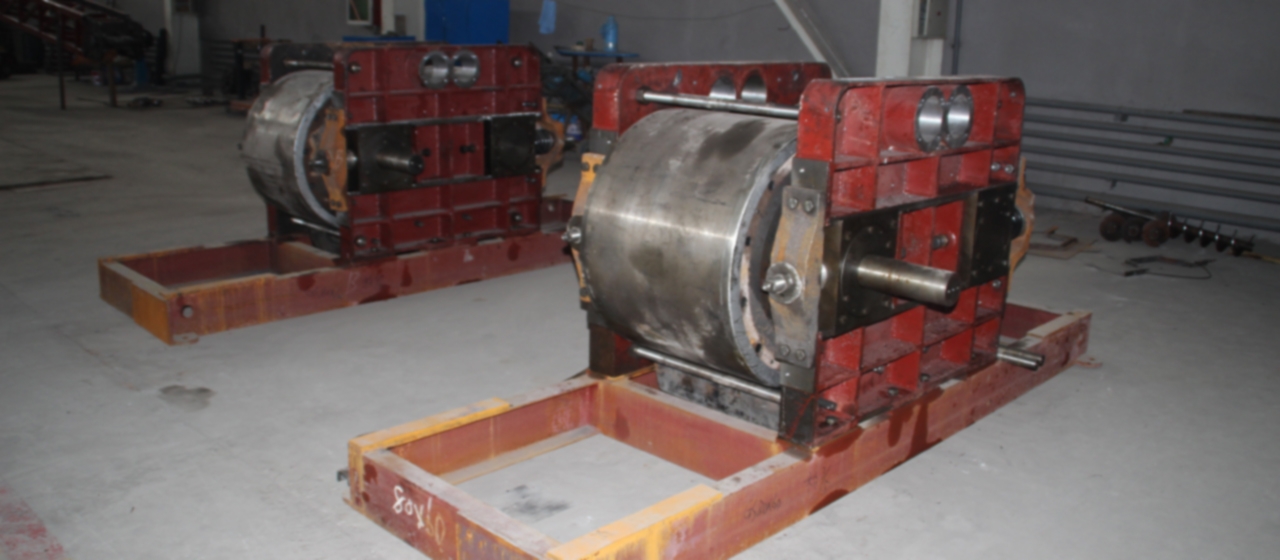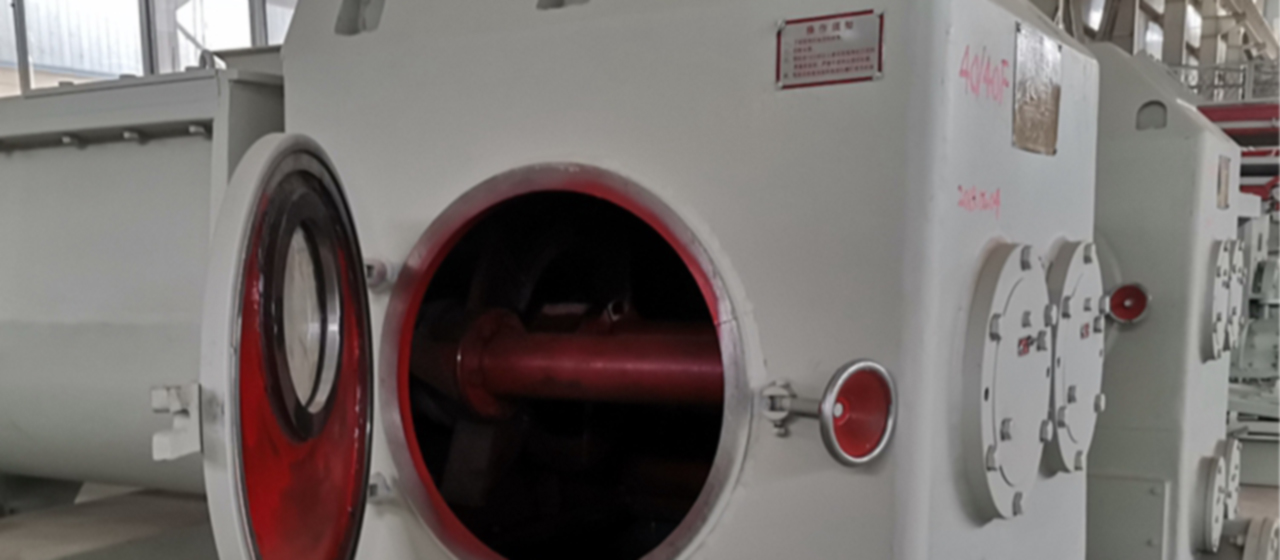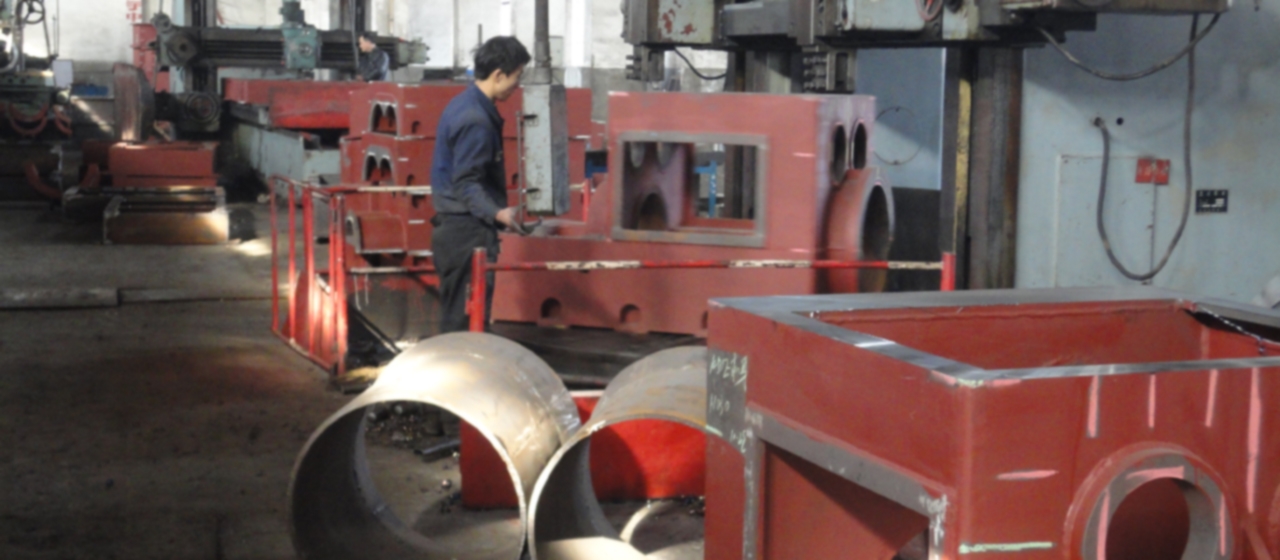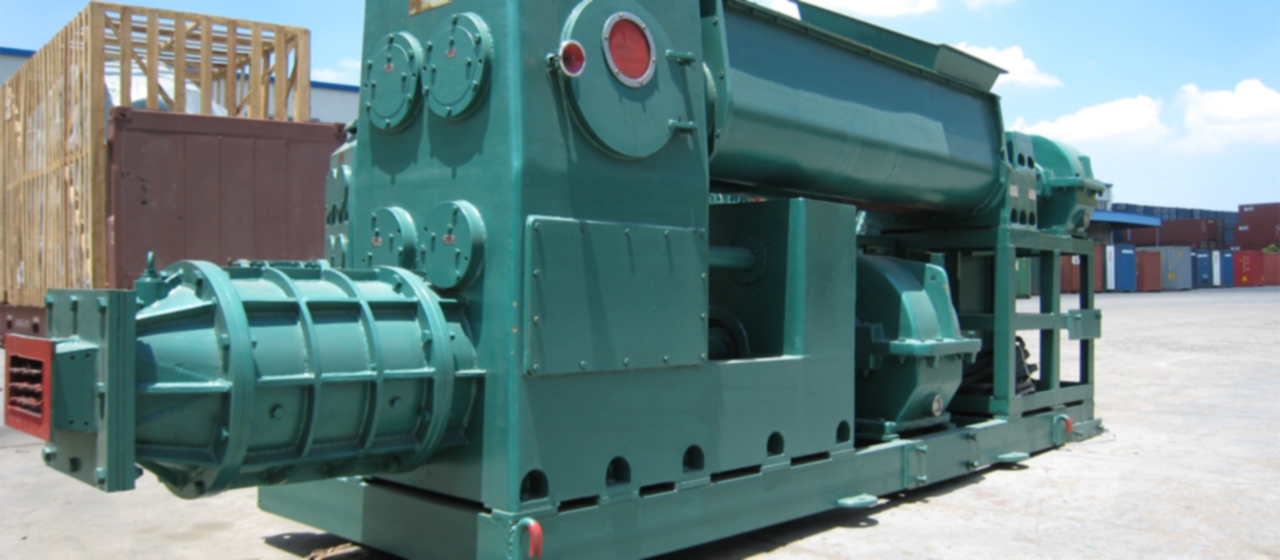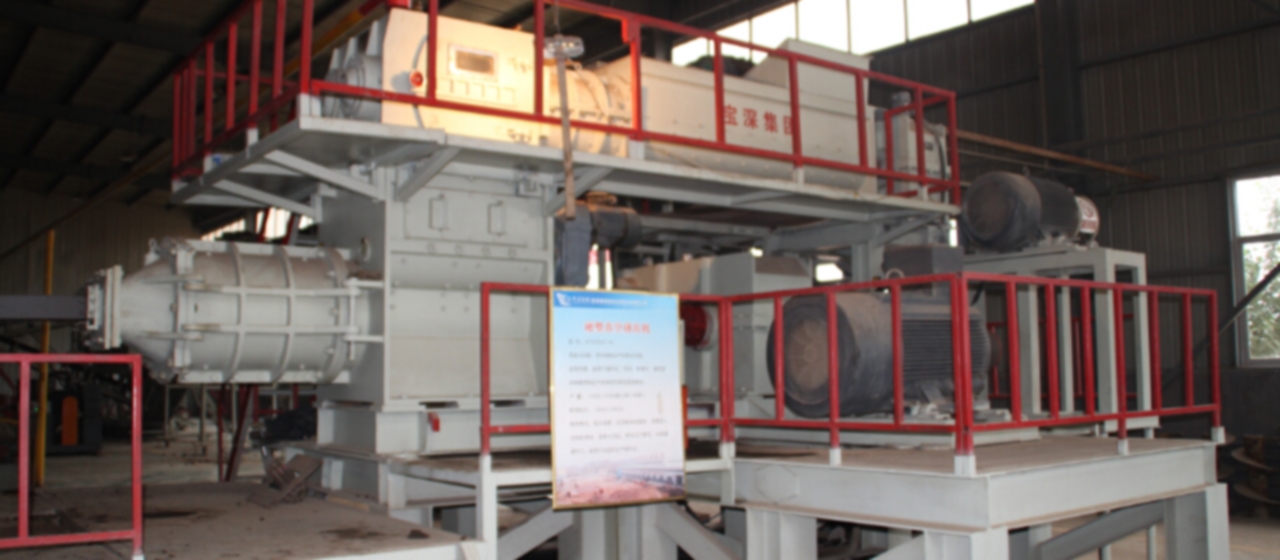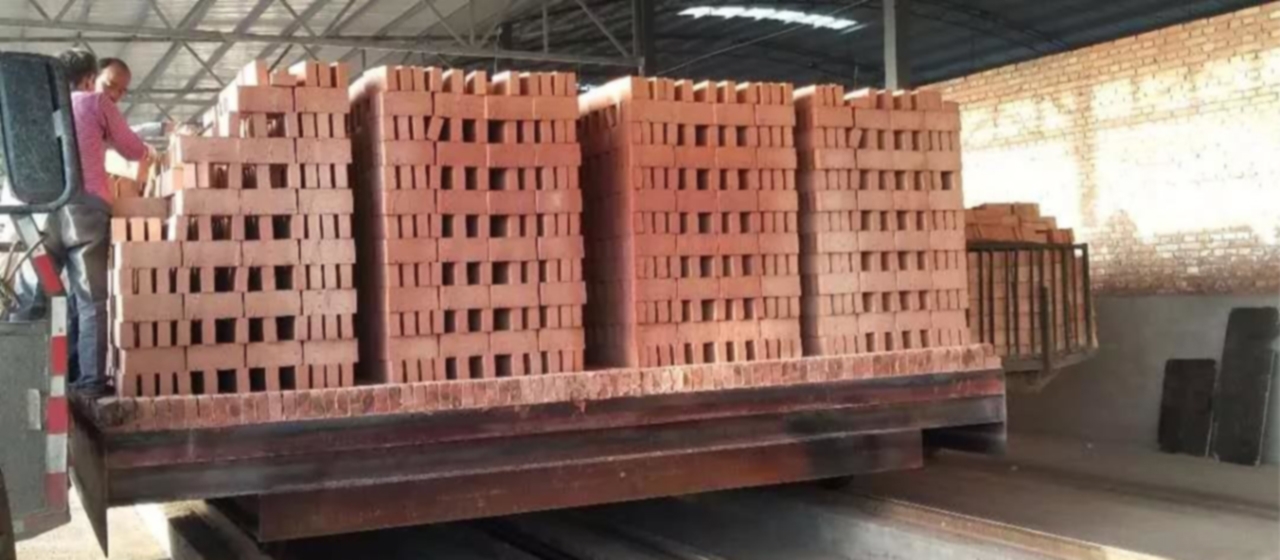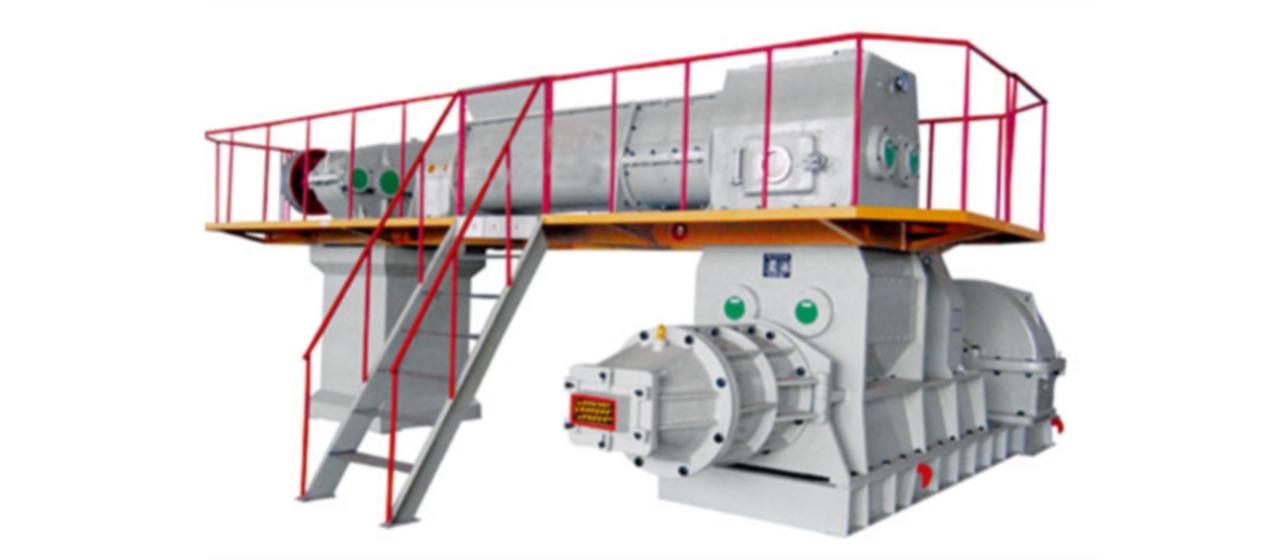brick kiln
Analyzing the Impact of Kiln Car Manufacturing Quality on Kiln Production

During normal ignition production, the sintered brick tunnel kiln generally does not shut down. But sometimes, due to quality issues with the kiln car, the kiln is forced to cease fire, resulting in the kiln not being able to produce normally. Therefore, the quality of kiln car manufacturing will directly affect the normal operation of the kiln.
Through comprehensive understanding and on-site inspections, especially in some manufacturers with insufficient production experience, unimaginable quality accidents often occur, leading to damage to various aspects of the kiln. The emergence of this problem has caused many kiln production indicators to fail to meet the requirements of design production indicators, resulting in some negative economic benefits. On this issue, the author summarizes the quality problems that multiple manufacturers have encountered together, in order to provide analysis and reference for relevant manufacturers.
1. The quality of kiln car manufacturing is crucial, and design and material selection are fundamental
In the manufacturing process of kiln cars, besides reasonable design, the material selection of kiln cars is crucial. The channels and manufacturers for supplying steel in the market are different, and ensuring good material quality is the key for manufacturers. How to control the material requirements well? As for the section steel kiln car, firstly, it is necessary to meet the production needs of the kiln under hot conditions based on the various physical and chemical indicators and physical performance indicators of the selected materials in the design.
Based on this issue, the author randomly checked some indicator data of some manufacturers, especially the geometric dimensions, which are all within the negative deviation of the design. However, it is also within certain required deviations. However, in actual use, there may be varying degrees of stress deformation of the kiln car during operation. It will directly affect the changes in the overall size of the kiln car structure, leading to collision with the kiln wall during the connection and operation of the kiln car.
It is the welding part of the kiln car, and the technical requirements for the main beam, connecting beam, and the force point of the top car machine need to be clearly defined. There is no clear regulation in many kiln car design processes, which brings indistinguishable division to the manufacturer. Especially for the welding between the main beam and the force beam, groove welding and fillet welding should be carried out according to conventional methods. Specific data should be provided for the design of the weld seam. It has been found that some manufacturers, in order to save labor, have neglected the location of key parts, resulting in the collapse of kiln cars during production and operation. The third is that when selecting materials for the bottom plate of the kiln car, it should not be considered for material saving, especially for kiln cars with large cross-sectional areas. In the design, there should be reinforced rib plates, and the connection between plates should be fully connected with groove welding, and indirect welding should not occur. During the investigation process, the author found that some manufacturers use indirect welding to reduce labor and materials. During operation, there is a phenomenon of heat exchange at the bottom of the kiln car, and some materials fall off, resulting in blockage of the track debris inside the kiln, which prevents the kiln car from running smoothly.
During the design process of the kiln car sand sealing plate, some design departments welded the kiln car sand sealing plate to the main beam of the kiln car as a whole. However, this structure has uneven thermal stress under the influence of high temperature, which can easily cause deformation of the sand sealing plate, resulting in collision between the sand sealing plate and the sand sealing groove, and poor operation. Based on the experience of some manufacturers, the sand sealing plate should be connected to the main beam with elliptical hole bolts, Enable the sand sealing plate to be freely adjusted in case of direct force imbalance. The fourth is the selection of kiln car wheels and bearings. The wheels are the turning points of the kiln car during operation. The assembly and selection of bearings are the key to smooth wheel operation. During the investigation process, the author found that inexperienced manufacturers, in particular, overlooked this major aspect.
One reason is that the wheels lack strength, have shallow surface hardness or no quenching at all, which leads to faster wear of the wheels and changes in their operating circumference. The second issue is improper selection of bearings, which leads to increased wear resistance and increased load on the overhead crane, resulting in poor operation and rapid wear on the surface of the kiln track. Affects changes in the geometric dimensions inside the kiln. According to experienced manufacturers, when selecting bearings, it is important to pay attention to the reasonable clearance between the ball and the shaft ring, and not choose bearings with small clearances. The surface hardening hardness of the wheel should be 3-5mm deep. The geometric dimensions of the wheels and body are the basic guarantee during assembly.
Especially for large section tunnel kiln cars, when assembling kiln cars, the geometric dimensions of each part should be accurately controlled on the fixture table. Do not assemble them randomly on the outer track of the kiln, especially for multi wheel kiln cars. Its smoothness and connecting axis should be arranged and assembled, and cannot be assembled alone. After assembly, it is necessary to comprehensively inspect the necessary dimensions of the joints or surfaces between each wheel and the track. The concentricity should be aligned with the vehicle axis, and the error should not exceed the design requirements. The kiln car should be connected and run twice or more in the entire kiln to control and detect other problems. In this stage, emphasis must be placed on fine decoration and tuning.
2. Kiln car masonry is one of the key factors in manufacturing kiln cars
To ensure overall quality, masonry cannot be ignored. Many manufacturers have learned on site that they have insufficient understanding of kiln car masonry. During the production of kiln cars, there is a lack of thorough inspection and maintenance, especially the irresponsible attitude of workers on the production site. Especially the quality hazards inside the kiln car were not detected and dealt with at any time, resulting in unnecessary accidents when the kiln car entered the kiln. Firstly, in terms of masonry, the kiln car should also meet the same quality requirements as the kiln body. The mortar joint should not be too large, but the assembly method should be reasonable. Some geometric dimensions must be controlled to be negative but not positive, and positive but not negative. Especially for the sintered brick tunnel kiln car, the flatness of the masonry on the car surface cannot be ignored. At any time and anywhere during the production of the kiln, it is necessary to clean up the residual bricks and dust on the car surface.
For inexperienced manufacturers, a safety inspection door should be installed on the return line outside the kiln and at the entrance of the kiln head. Passing through the safety inspection door before entering the firing kiln when filling the bricks is beneficial to ensure the geometric dimensions of the product stacking, which can control the product from colliding with the kiln wall and ensure smooth operation inside the kiln. The second is regarding the cast-in-place integral kiln car. Compared with masonry kiln cars, it is difficult to repair damaged integral kiln cars. However, the insulation and sealing performance of cast-in-place kiln cars is better. When the kiln car is running inside the kiln, it is necessary to always pay attention to the falling of damaged blocks into the kiln passage. The occurrence of this problem is most likely to cause damage to the kiln, such as damaging the structure of the curved sealing brick, causing the kiln car to derail during the top car, and reversing inside the kiln.
In summary, the above focuses on controlling the quality of kiln cars from two main aspects. But there are also various methods to control quality from other aspects. However, the author’s reference opinions were analyzed based on some specific situations related to on-site understanding. Some manufacturers have combined the author’s suggestions to handle production and turn it back to normal. The direct problems of kiln car quality control and kiln production will be greatly reduced or basically eliminated.

